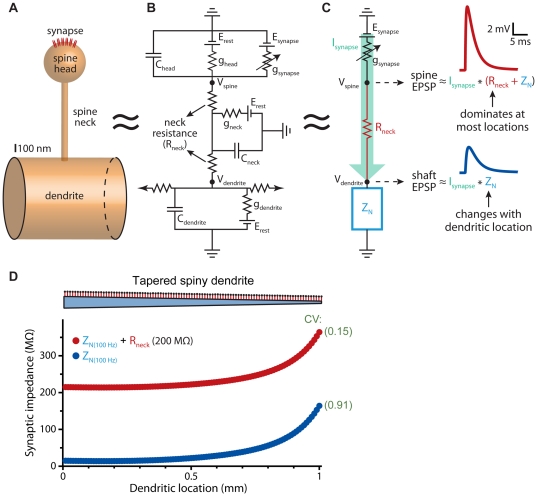Figure 1. Electrical properties of dendritic spines.
A) Diagram of a dendritic spine consisting of a spine “head" attached to a dendrite by a narrower spine “neck". B) Spines can be modeled as a series of electrical compartments, each having membrane conductance (ghead, gneck, and gdendrite) and capacitance (Chead, Cneck, and Cdendrite) determined by the surface area of the compartment. Internal “axial" resistance between compartments reflects the conductivity of the cytoplasm and the morphology (cross-sectional area and length) of the communicating compartments. The small surface area of spines minimizes their membrane resistance and conductance, allowing simplification of the electrical structure of spines (C), in which synaptic current (Isynapse) is illustrated in green, and where dendritic electrical properties, including dendritic connectivity with the rest of the neuron, are represented in aggregate as “input impedance" (ZN; blue), a measure analogous to input resistance, but also incorporating capacitive influences on non-steady-state voltage signals such as synaptic potentials. EPSPs in spines approximate the product of Isynapse and the “in series" sum of Rneck and ZN (Rhead being a negligible “in parallel" resistance to synaptic current). On the other hand, shaft EPSPs, whether generated by synaptic current originating in spine heads or from synapses located on the dendritic shaft, will vary with the product of Isynapse and ZN. D) Plot of ZN (calculated for 100 Hz input) and ZN+Rneck (for 200 MΩ spine necks) verses distance along a tapering (5 µm to 1 µm) 1000 µm-long dendrite (cartoon at top not to scale) attached to a 40 µm by 40 µm soma (not shown). Spines with neck resistances of 200 MΩ were placed every 10 µm along the dendrite. Coefficients of variation (CV) for ZN and ZN+Rneck values indicated in green. EPSPs shown in part C are from the simulations depicted in Figure 2A for a spine input at the distal end of the dendrite.

